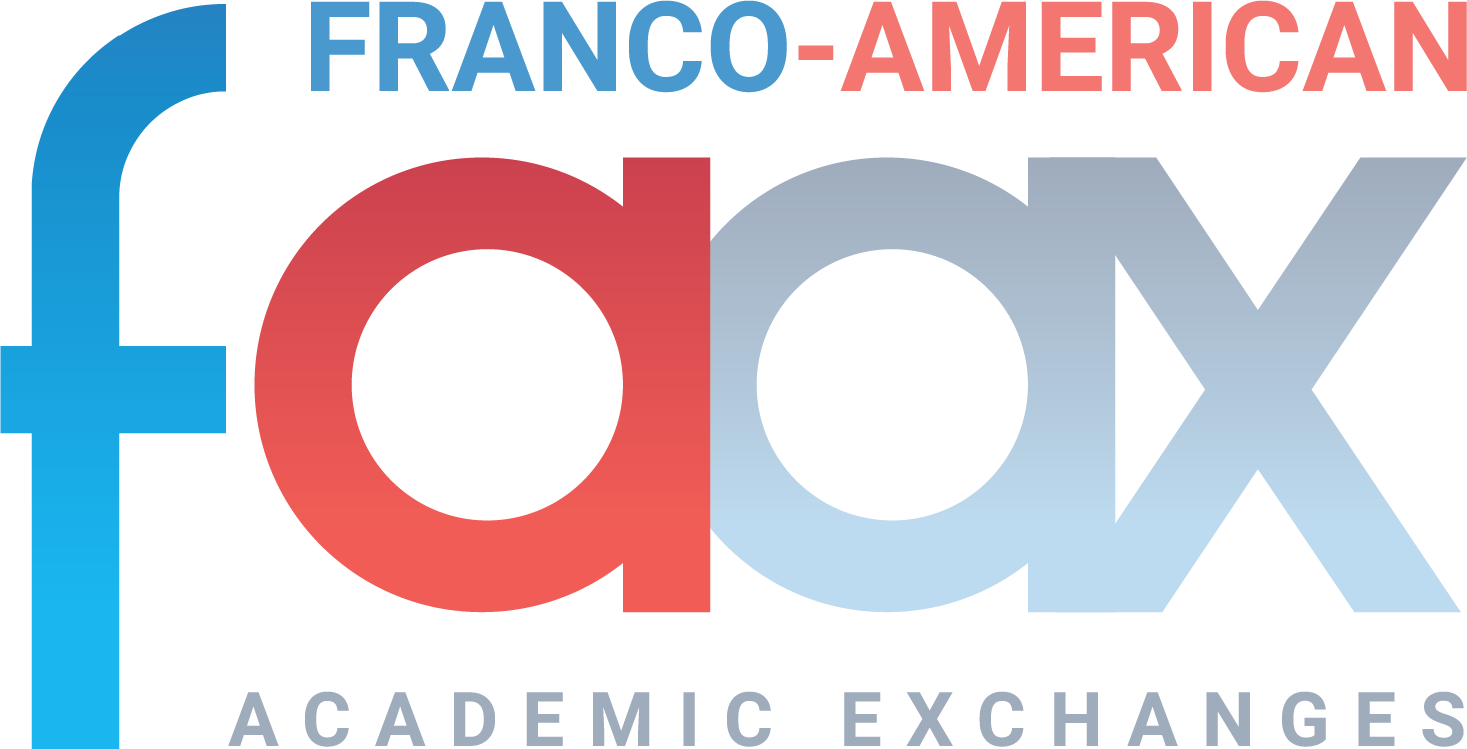pigeondinner54
Precisely how To Become Better With AI Remove Watermark From Image Online In 4 Minutes
AI-driven image editing tools have advanced to the point where they can remove watermarks from images with exceptional accuracy. These tools often rely upon machine learning algorithms that analyze patterns and appearances within an image, determining and reconstructing locations that have actually been modified by the watermark. The AI can complete the gaps left by the eliminated watermark by anticipating what the underlying image might resemble, often producing a result that is almost equivalent from the original.
Among the crucial technologies behind these AI tools is deep learning, specifically convolutional semantic networks (CNNs). These networks are created to refine aesthetic information in a way that mimics the human visual system. By training on huge datasets of images with and without watermarks, a CNN can find out to identify the features of a watermark and effectively remove it. The process includes numerous layers of evaluation, where the AI progressively fine-tunes its understanding of the image and the watermark, resulting in extremely accurate outcomes.
The ethical factors to consider surrounding AI and watermark removal expand beyond just legal concerns. There is also the concern of whether removing a watermark threatens the respect that should be paid for to the creator's work. Even if the watermark is gotten rid of with the creator's permission, it's vital to acknowledge the original resource of the image and offer proper credit. This not only honors the creator's initiative yet also cultivates a society of respect and integrity in the digital area.
Moreover, using AI to remove watermarks can contribute to a broader issue of content misuse on the web. As AI tools become more accessible, the possibility of unauthorized use images increases, making it harder for creators to regulate the distribution and use their work. ai remove watermark from image online can prevent artists and professional photographers from sharing their work online, knowing that their initiatives to protect their content with watermarks can be easily prevented.
However, even in cases where watermark removal is warranted, it's critical to come close to the job with caution. Not all AI tools are developed equal, and the top quality of the result can differ substantially. Some AI tools might leave traces of the watermark, or even worse, change the image in ways that are visible to the visitor. As a result, it is very important to select a dependable device that has been evaluated and verified to supply high-quality results.
Regardless of the technical expertise of these AI tools, the implications of using them are complicated. Watermarks are often used to protect copyright, guarantee credit is offered to creators, and maintain the integrity of the content. Removing a watermark can go against these principles, causing legal repercussions and damages to the creator's online reputation. In numerous jurisdictions, copyright regulations protect watermarked images, and removing a watermark without permission can be considered a form of copyright violation.
Watermarks on images act as a protective measure for creators and copyright holders to stop unapproved use. However, with the rise of AI innovation, removing watermarks from images has become more accessible, which raises significant ethical and legal concerns. Removing watermarks from images without permission is often considered unlawful and dishonest, as it infringes on the rights of the creator or owner. It is very important to acknowledge that while AI tools can be effective, they should be used responsibly and within legal boundaries.
On the other hand, there are genuine reasons that a person might require to remove a watermark from an image, and AI can be a beneficial device in these cases. As an example, an organization might acquire the rights to use an image, however the image they get still consists of a watermark. In such situations, utilizing AI to remove the watermark can be a practical option. In addition, AI can be used to clean up images for archival purposes, where the watermark was related to a low-quality version of an image that is no more offered in its original form.
In conclusion, while AI technology has made it much easier to remove watermarks from images, it is not without significant ethical and legal obstacles. The ability to remove watermarks should be approached with caution, making certain that it is done within the bounds of the regulation and with respect for the rights of the original creator. The potential misuse of AI for removing watermarks highlights the requirement for ongoing conversations concerning the ethical implications of AI in content development and distribution. As AI continues to advance, so too should our understanding of its impact on copyright and the rights of creators in the digital age.



